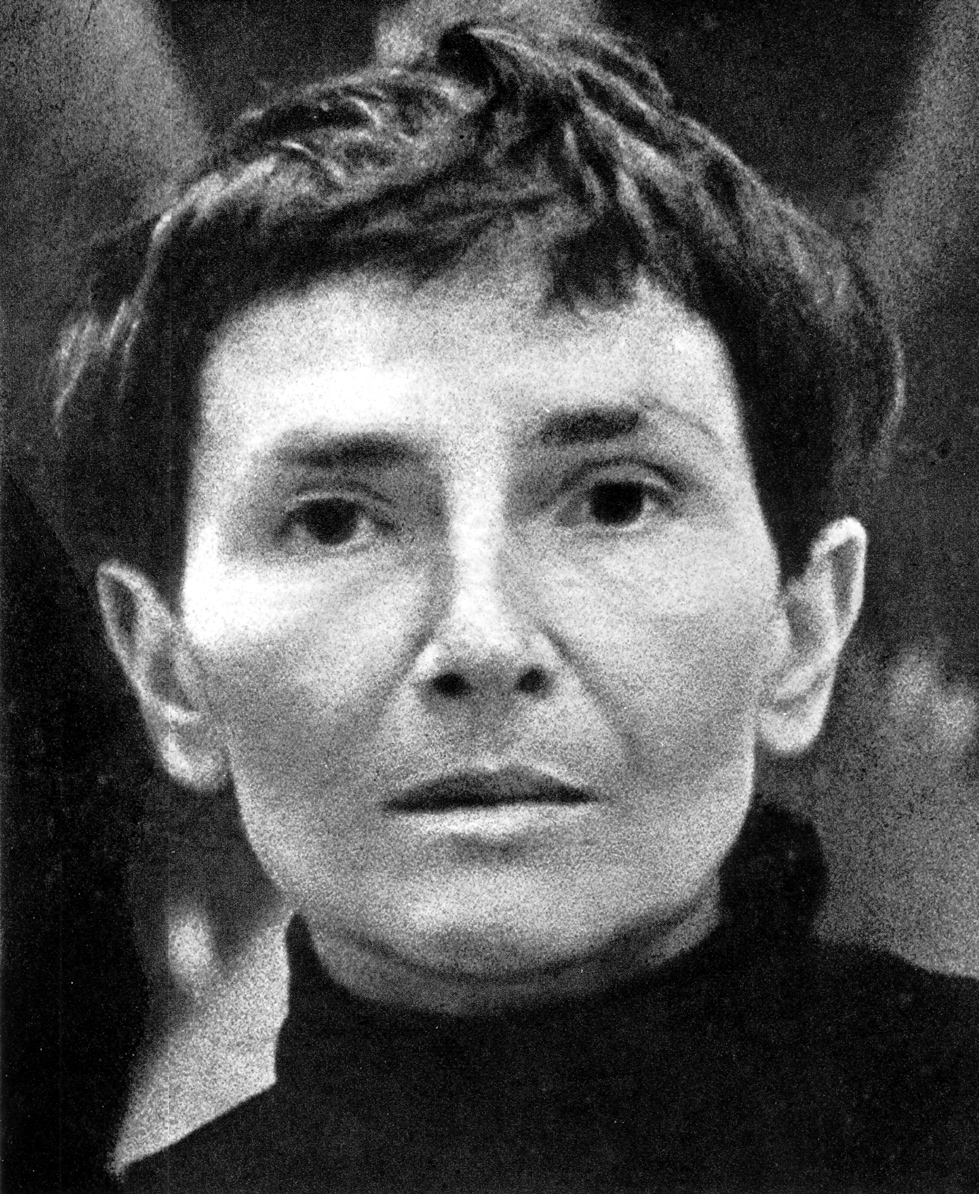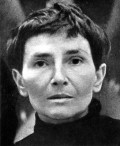
Title
Modernity, Indifference and Oblivion: Maria Jarema and Katarzyna Kobro Katarzyna Kobro i Maria Jarema
http://miejsce.asp.waw.pl/en/nowoczesnosc-obojetnosc-i-zapomnienie-2/
Abstract
The author discusses the relationship between the two outstanding sculptors, Maria Jarema and Katarzyna Kobro, as the representatives of two movements in the Polish contemporary art. He depicts the mutual indifference in the attitudes as well as the superficiality of reception of their artistic concepts, and he questions the artists’ abandonment of the sculptural creation. He tries to show the meagerness of the modern tradition and the problematics of unassimilated and unadjusted modernity, which has been forgotten and recognised as distant history. This text is an attempt to illustrate the mutual relationships of the two artists associated with the artistic avant-garde groups and the thoughts on their artistic concepts in the praxis of sculpture in the second half of the 20th century in Poland. Maria Jarema and Katarzyna Kobro developed two projects of ‘modern sculpture’ based on the European avant-garde’s tradition but with slightly different sources. For Kobro, the tradition of the constructivism was the point of reference, and for Jarema, it was the nonobjective art with the surrealist origin. The propositions of the two artists shaped the meaning of innovativeness in the Polish sculpture of the twenty year interwar period. At the same time, both of them remained in the shadows of their partners and friends, Władysław Strzemiński (Kobro) and Henryk Wiciński (Jarema), and their oeuvres were viewed as being under their influence. After the year 1945, in the light of the changed social and personal situation, both of the artists abandoned sculpture. Kobro stopped creating after the experiences of hardship and turned her works over to the Muzeum Sztuki Ł.dź, as teaching aids. Jarema gave up sculpture for painting and graphics. Her creativeness in visual arts remained under the strong, genetic influence of sculpture thought. The superficial reception of the oeuvres of both of the artists, the slow assimilation of their work, and the wrong attributions of the works show the poor impulse of modernisation in the Polish sculpture and the lack of the intellectual background as well as the dominant academic sculpture tradition. The works of Katarzyna Kobro and Maria Jarema, derived from different areas of the avant-garde traditions, constitute the symbolic foundation of the new understanding of sculpture, the new attitude towards space, rhythm, movement, architectonics, deformation, and the new language of this profession. This novelty, though, was not commonly noticed; neither during the twenty year interwar period, nor after the war. The knowledge about it was partial and fading as were the destroyed and unsaved sculptures.
This article is only available as an abstract in the English version of our magazine.
Waldemar Baraniewski
The author’s biographical note is available only in the Polish version of the magazine.




